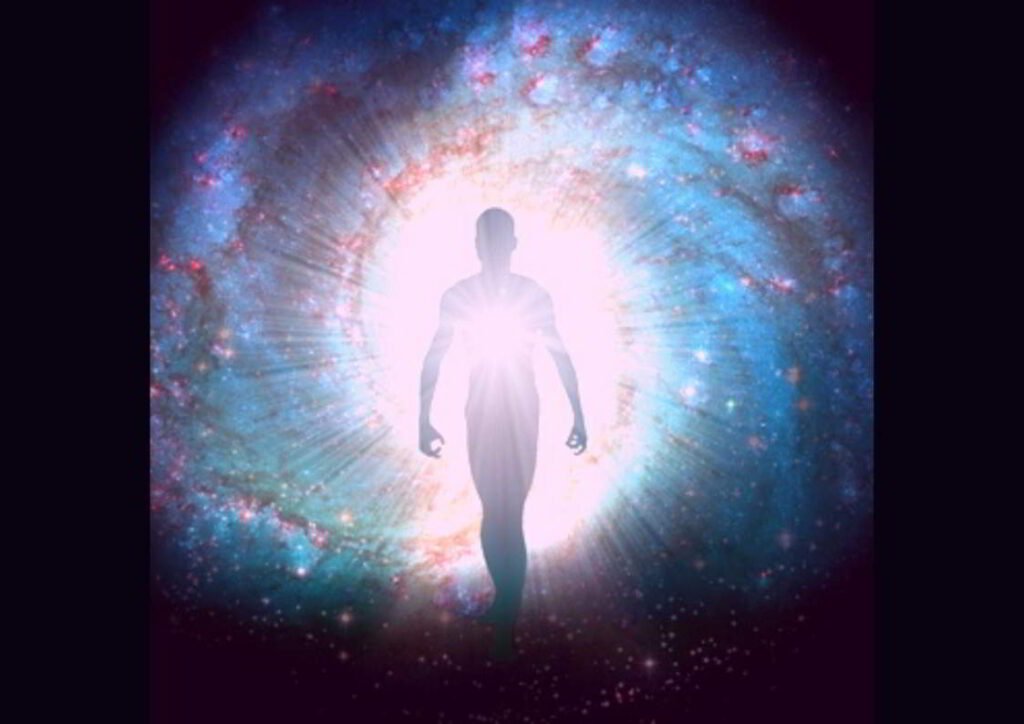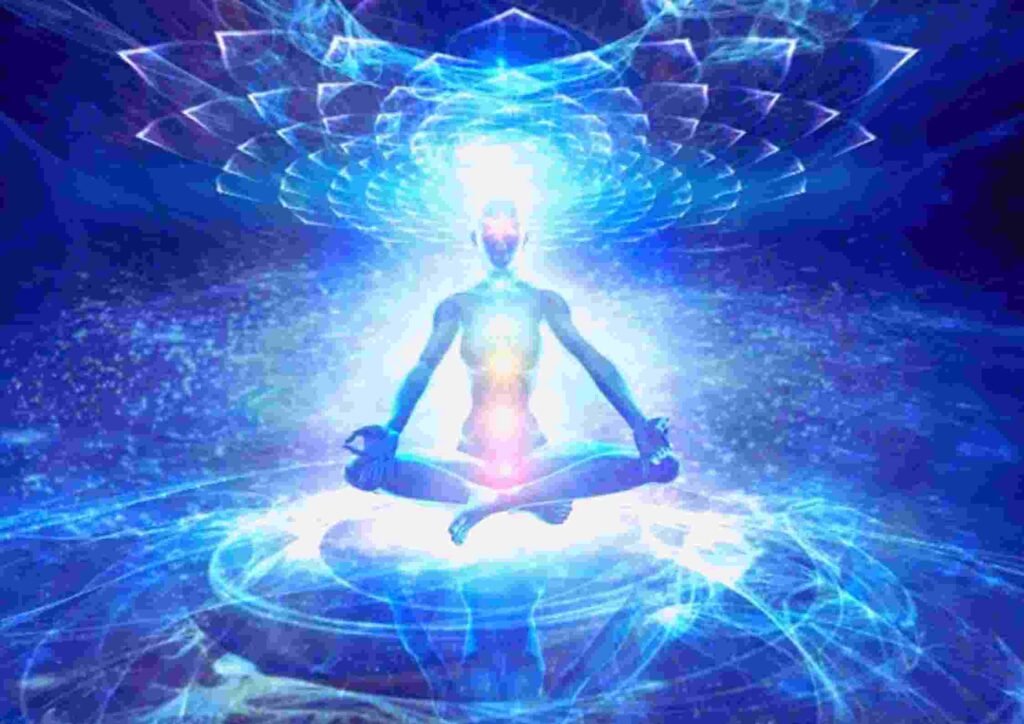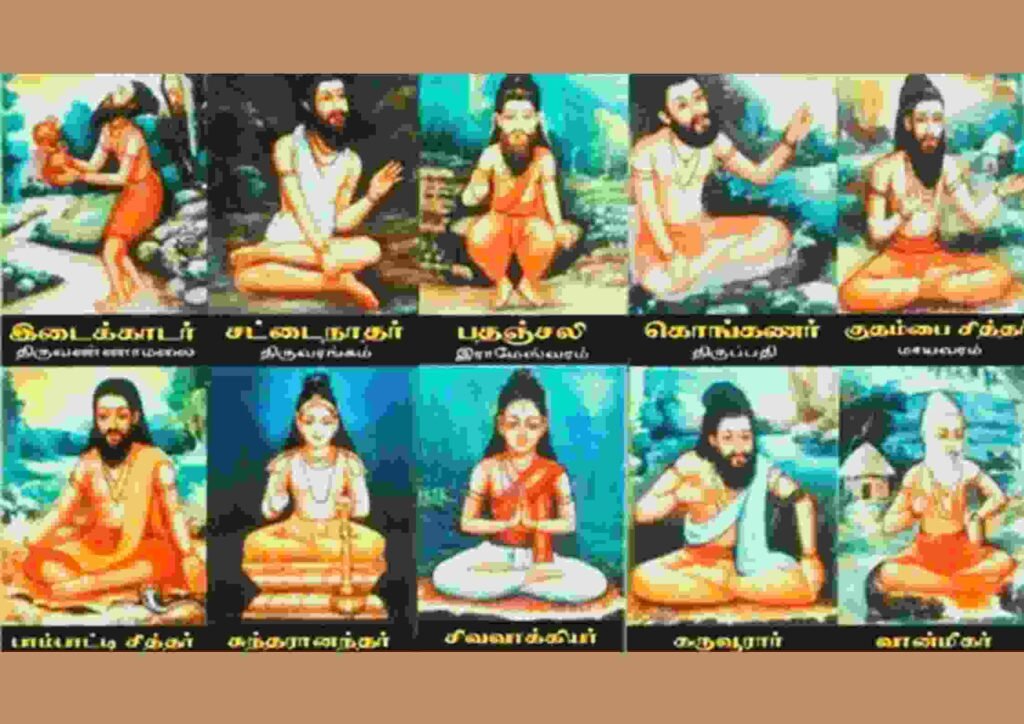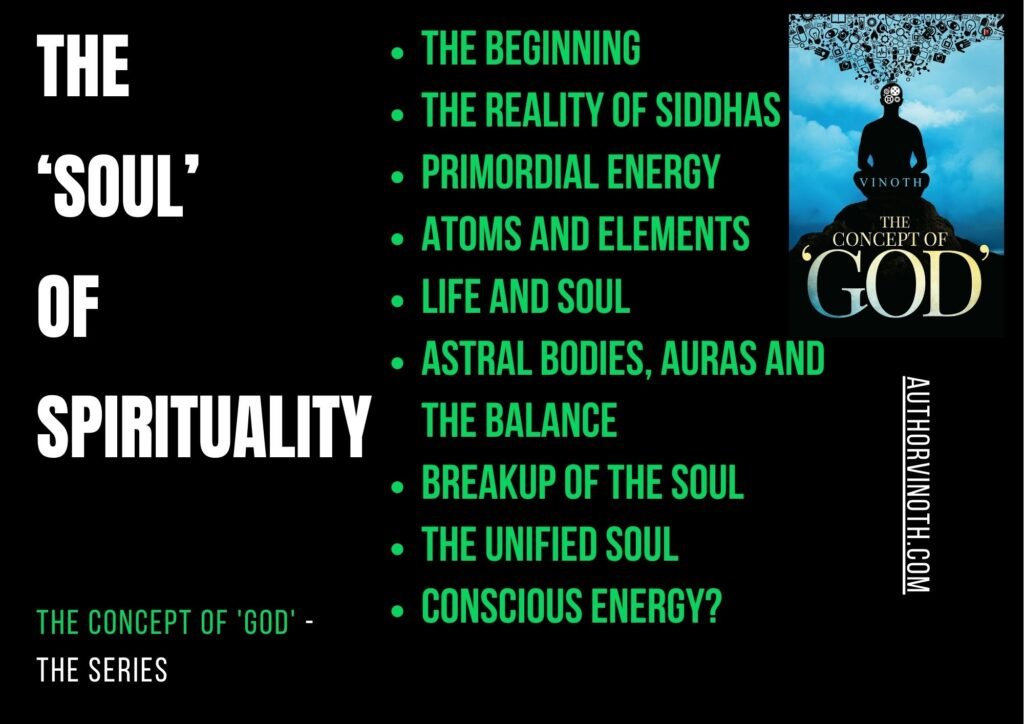“What is life?”

The question that persists in the mind of every human being, right from the time of their birth, until the moment of death, with the answer remaining elusive. We had seen in the previous chapter how life evolved on our planet with man as the result and the bases for all life forms, the RNA and DNA. The reason why ‘life’ came about in the universe is always intriguing (it couldn’t have existed at all, let alone the universe and reality!).

Many philosophers have pondered throughout ages to find the meaning of ‘life’ and its purpose. The definition of life is controversial too, our current understanding is, “organisms that maintain homeostasis, composed of cells, undergoing metabolism, which can grow, adapt to their environment, respond to stimuli, and reproduce” – (https://en.wikipedia.org/wiki/Life).

On the other side, the question ‘where did the spark of life come from?’ is always under debate. Atheism attributes the work of chance and causality while the religions point in the direction of God, the omnipotent consciousness. Spirituality, the basis for many religions, however, defines life in a holistic and dynamic way as “the expression and experience of energy in the form of matter”. With science pondering in the physical realm for the answer and religions teaching us to hope for the answer from God, we’ll take an exploring route through spirituality’s teachings to understand ‘life.’

When speaking about life in the spiritual sense, the primary factors that come to our mind are the soul and the consciousness. The terms ‘soul,’ ‘life,’ ‘mind’ and ‘consciousness’ are used interchangeably, but each differs at various levels and degrees. The differing meanings of these terms are explained by spirituality not in words, but through us experiencing these entities by practising certain techniques.

Yoga forms the base for one’s path to spirituality and, of the various techniques embodied within the world of yoga; the Kundalini yoga and its meditative techniques help us understand life by experiencing the presence of the soul in our very own bodies. The meditative techniques remain the foremost in spirituality practices for our understanding of the soul, and they are propounded alongside a philosophy of ‘life’ and a general theory about the formation, existence and working of the universe and reality.

The Yoga Sutras of Patanjali is a set of aphorisms that were compiled by the sage Patanjali during the 4th century BCE. The sage is also one of the 18 Siddhas of Tamil Siddha traditions. The Siddha philosophy along with the spiritual philosophies of the Yogis formed the base for various religions in the East, and it is from these compilations (not the religions), we’ll derive the answers to our questions. The yoga sutras explain different sets of practices for the body and the mind to attain the highest state of existence achievable by man, to be one with the creative force, the primordial energy. The Western world knows about the practices as spirituality techniques, while in the East, these techniques are better known as harmonic ways of life!
And so, from now on, let’s step into the world of spirituality and aim to answer the questions we raised in the previous blogs.
Subscribe to Chapter – 2 The ‘Soul’ of Spirituality & receive the rest of the blogs in your inbox!

-
The Blog Series – Premium Subscription₹499
-
Chapter 7. GodProduct on sale₹125
-
Chapter 6. EnergyProduct on sale₹120
-
Chapter 5. TimeProduct on sale₹90
-
Chapter 4. Chaos & OrderProduct on sale₹100
-
Chapter 3. Senses & ConsciousnessProduct on sale₹90
-
Chapter 2. The ‘Soul’ of SpiritualityProduct on sale₹90
-
Chapter 1. The ‘Science’ of Reality₹130









